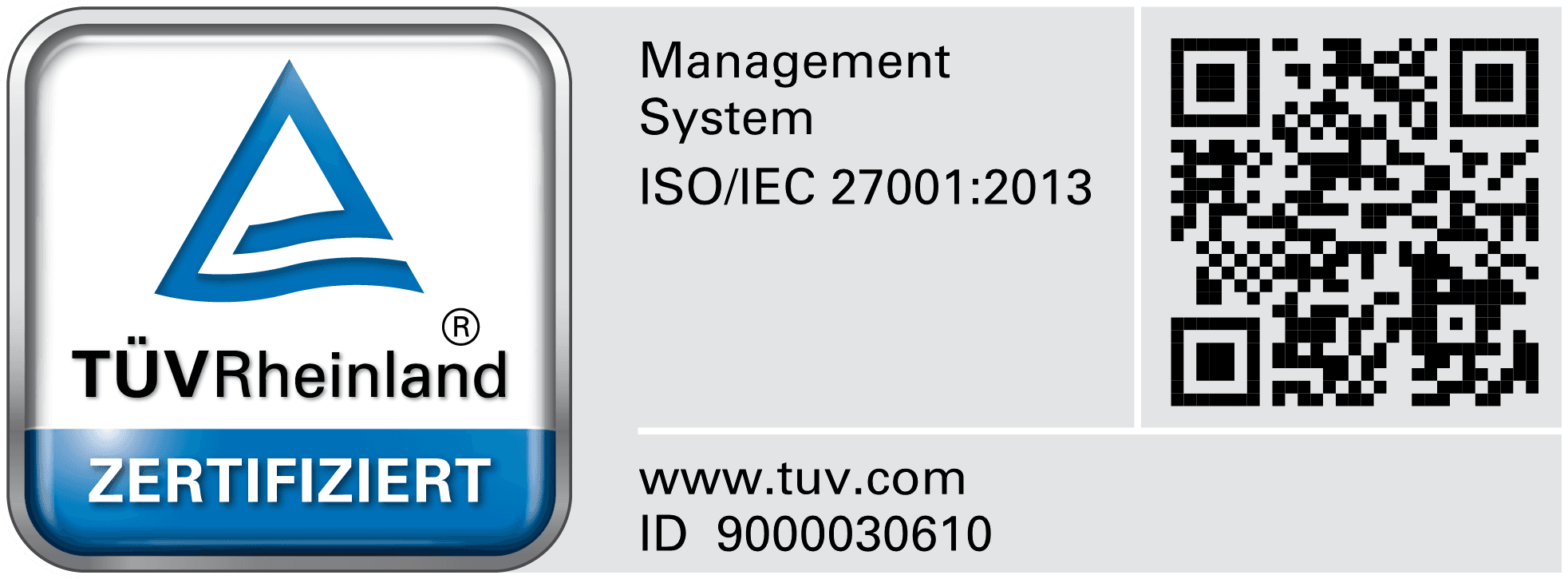[Blog post]
People as a vulnerability: Why social engineering is so successful
The danger of social engineering - Why is this form of attack so successful and how can companies protect themselves?
13. April 2023


Social engineering is one of the biggest threats to enterprise security because people are often the unintentional weak link in the security chain. In this article, we take a closer look at the phenomenon of social engineering and why it is so successful. We explain what social engineering is, how it is carried out, and what tactics are used. We also highlight why people are often vulnerable to social engineering attacks and how companies can better train and sensitize their employees to recognize and prevent such attacks.
Social engineering is a technique in which attackers purposefully exploit human vulnerabilities to gain access to confidential information or systems. Psychological manipulation, deception and social interaction play a central role in this process. Although companies often invest in technical security measures, it remains one of the most successful attack tactics.
Why is social engineering so successful?
Social engineering is so successful because it targets human behaviors and weaknesses, which are highlighted in more detail below:
-
Lack of awareness: many people are unaware of the various tactics and techniques used by social engineering attackers. They can easily be misled because they do not understand the importance of security awareness and caution when dealing with unknown or suspicious requests or situations due to a lack of sufficient education from the employer.
-
Trustworthiness: attackers often exploit people's trust by posing as trusted individuals or companies. They may use fake emails, phone calls, or social media profiles to deceive their victims and gain access to sensitive information.
-
Emotional manipulation: social engineering attackers often use emotional manipulation techniques to pressure people or persuade them to violate their normal security protocols. For example, they may create fear, pressure, or elicit sympathy to get their victims to divulge sensitive information or perform unusual actions.
-
Convenience and carelessness: in our fast-paced world, people are often careless or look for convenient solutions instead of prioritizing security. In addition, many companies integrate their security features in a complex and elaborate manner rather than in a user-friendly manner, which quickly leads to errors and omissions. Social engineering attackers exploit this by, for example, sending phishing emails with eye-catching links or file attachments that entice people to quickly click on them without looking closely.
How can companies protect themselves and their employees?
It is critical that companies actively engage their employees in corporate security and make them more aware of social engineering attacks. Below, we have collected some measures that companies can take to protect their employees from social engineering attacks:
-
Education and awareness: regular education and training on social engineering techniques and conscious handling of sensitive information can make employees aware of potential threats and help them recognize and report suspicious activity.
-
Security policies and protocols: organizations should have clear security policies and protocols for handling confidential information and sensitive requests. These policies should be reviewed and updated regularly to ensure that they address current threats and tactics of social engineering attacks.
-
Verification of requests: employees should always be critical and cautious when dealing with requests from unknown individuals or companies. It is important to verify the authenticity of emails, phone calls or social media messages, especially when sensitive information or financial transactions are involved.
-
Multi-level authentication: organizations should implement multi-level authentication procedures for accessing sensitive systems or information. This can help make unauthorized access through social engineering attacks more difficult, even if attackers have obtained credentials.
-
Open communication: It is important to foster an open communication culture where employees are encouraged to report suspicious activity or requests without fear of negative consequences. Employees should know who to report suspicious incidents to and how to do so.
Conclusion
Social engineering attacks are a serious threat to corporate security because they often exploit human vulnerability. It is the responsibility of companies to actively train and sensitize their employees and implement security features in an understandable and user-friendly way to protect them from such attacks. With clear security policies, training, multi-level authentication and open communication, companies can thus help minimize the risk of social engineering attacks and strengthen their corporate security.
Ähnliche Artikel

Federal government pushes zero-trust architecture
In response to the increasingly critical cybersecurity situation, the Department of the Interior advocates a gradual evolution toward zero-trust architecture

EU NIS 2 – Why All Industries Should Take Action Now
EU NIS 2 - What's Changing and Why Should All Industries Take Action Now?

Multi-use passwords as a risk factor
Password vulnerability: According to a survey, 64% of employees use their passwords more than once

Get in touch
Request a non-binding consultation now and discover how Bare.ID can be integrated into your IT environment.
Software comparison
Contractual & Compliance
About Bare.ID
Newsletter
Sign up for our newsletter to stay updated.
I agree to receive further information and news from Bare.ID. For more information, please see our Privacy Policy.
Bare.ID represents user-friendly Identity & Access Management in the cloud. With Bare.ID, digital business processes and applications can be connected to a local user directory, benefiting from centralized security and Single Sign-On. Whether On-Premise, Hybrid, or Cloud, Bare.ID offers a multitude of pre-configured integrations. 100% security, Made in Germany.
Bare.ID's offerings are exclusively intended for business customers in accordance with §14 BGB. All prices are to be understood as net prices, plus applicable VAT at the time of billing.
Bare.ID is a product and registered trademark of Bare.ID GmbH - an AOE Group company © 2025 - All rights reserved.
